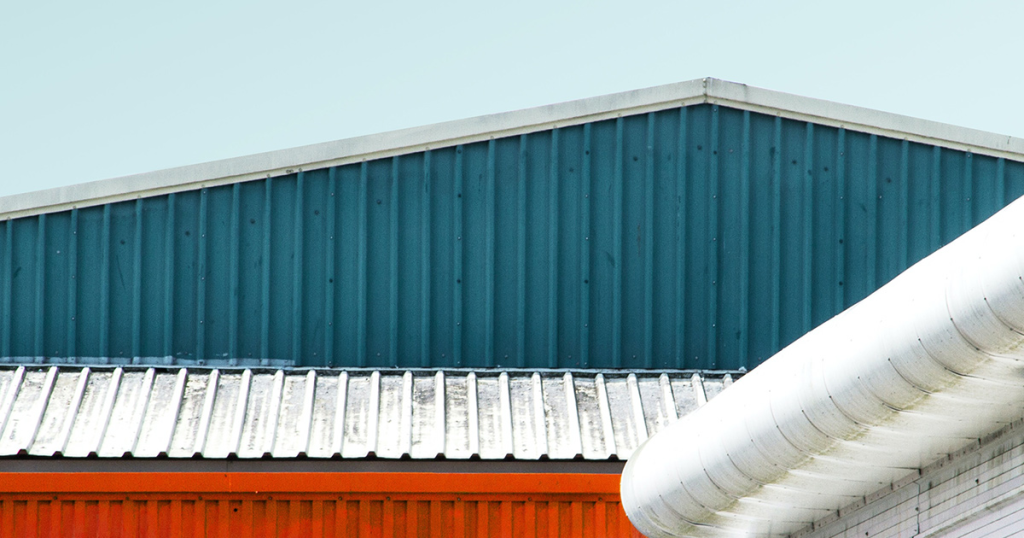A roof does more than block out rain—it protects comfort, savings, and long-term value. In Long Beach, salt-heavy breezes, blazing sun, and sudden downpours put constant stress on roofing systems, turning material quality into a serious financial decision. A roof isn’t just a covering; it is an investment that directly shapes future maintenance costs and even the strength of a home’s resale position.
High-quality materials resist corrosion, shield against ultraviolet damage, and guard against water intrusion that can quietly spread into walls and ceilings. With skilled installation, homeowners gain decades of durability instead of cycles of patchwork repairs. Fewer disruptions, lower long-term expenses, and greater buyer confidence prove that investing in roofing pays ongoing dividends.
How Long Beach Weather Challenges Roofing Systems
Long Beach’s coastal environment steadily erodes weak roofing materials. Salt-laden air corrodes unprotected nails and vents, while relentless sunlight cracks shingles lacking proper UV resistance. Sudden temperature changes create expansion and contraction that warp seams, leaving gaps for water intrusion. These small flaws often spread into widespread failures, raising repair costs.
Seasonal storms magnify the damage. Thin underlayment allows rain to track along valleys and flashing seams, while loosely sealed penetrations around skylights or vents invite persistent leaks and mold. With guidance from experienced Long Beach roofers, homeowners can select premium underlayment, corrosion-resistant fasteners, and UV-rated shingles—building a durable shield that resists coastal stress and preserves interior comfort.
Upfront Price Versus Lifetime Value of Roofing Materials
The lowest bid rarely reflects the real cost of a roof. Basic three-tab shingles usually require replacement within 12 to 15 years, while architectural composites, clay, or concrete tiles can last three to five decades. Fewer tear-offs lower labor and disposal costs and reduce the chance of interior water damage. Premium options also carry stronger warranties, and when transferable, they reassure future buyers.
Visible wear or repeated patchwork often drives down offers and slows sales. Appraisers factor roof age into property value, while documented installation and warranty coverage build trust. Selecting durable materials turns roofing from a recurring burden into a lasting financial advantage.
Maintenance and Repair Patterns That Add Hidden Costs
Seemingly minor flaws, such as a lifted shingle edge or a small ridge cap gap, often spark long-term costs. Coastal winds exploit weak fastening, while water finds pathways under cheap underlayment until it stains ceilings and fuels hidden mold. Over time, frequent patching drains budgets more than a single investment in durable components.
Well-sealed flashing around chimneys, skylights, and vents significantly reduces call-backs. Premium underlayment adds a protective barrier against water penetration, keeping interior finishes intact. When paired with scheduled inspections every few years, this approach turns expensive surprises into manageable upkeep, extending a roof’s effective lifespan and lowering repair totals.
Energy Costs Affected by Roofing Choices
Roofing choices influence far more than appearance—they directly affect monthly energy costs. Reflective options like cool shingles, coated membranes, or light-colored surfaces lower attic heat, reducing AC use and peak energy demand. Ventilation enhances efficiency further, with ridge vents and soffit intakes moving warm air out while a well-sealed deck limits leaks.
Smaller details also shape long-term performance. Properly sealed flashings, gasketed penetrations, and foam collars keep conditioned air indoors and protect insulation from moisture. Paired with upgraded insulation and balanced airflow, these measures ease HVAC strain. Local rebates and incentive programs make energy-efficient roofing upgrades an investment that pays both immediately and over time.
Resale Value and Buyer Confidence With a Quality Roof
Buyers and appraisers consistently view roof condition as a deciding factor in property value. A roof showing patches or deterioration often lowers offers and slows sales, while a recently installed, documented roof eliminates uncertainty. Transferable warranties add measurable reassurance, giving both buyers and agents confidence in long-term protection.
Strong documentation also streamlines negotiations. Installation records, inspection reports, and warranty details shorten due diligence, reducing the likelihood of price concessions. High-quality roofing with visible craftsmanship—secure flashing, durable fasteners, and premium materials—signals lasting reliability. Preparing invoices and warranty paperwork for review positions a property as well cared for, encouraging faster offers and stronger final valuations.
Investing in a high-quality roof creates measurable savings that continue to grow over time. Durable materials stand strong against salt, sun, and sudden storms, preventing leaks and avoiding premature replacements. Reinforced underlayment and tightly sealed flashing reduce hidden repair costs, while reflective surfaces lower energy bills by easing strain on cooling systems. Documented installation practices and transferable warranties give buyers confidence and add noticeable resale value.
Instead of paying for constant patchwork, homeowners enjoy long-term protection, efficiency, and peace of mind. Choosing superior roofing today secures stability, comfort, and financial benefits that extend well beyond the initial investment.

